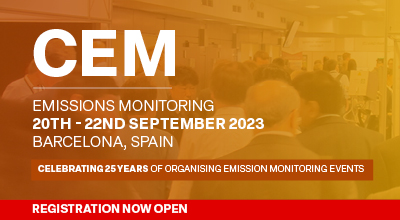| Abstract Title: | Vertical concentration profiles measured with a drone in a street canyon |
| Presenter Name: | Dr Matti Irjala |
| Company/Organisation: | Aeromon Oy |
| Country: | Finland |
Abstract Information :
Introduction
The vertical dispersion of traffic emissions affects the human exposure in buildings as well as the ambient aerosol and gas phase dynamics in urban areas. Street canyons are especially interesting environments in this respect. Previously, the emissions have been measured in street canyons at a few different heights, mainly restricted to the ground level and the rooftop (Marini et al., 2015; Vakeva et al., 1999). More detailed information on the vertical dispersion is needed, for instance, for the use of urban planning and the design of ventilation systems in buildings.
Methods
Measurements were carried out in a busy street canyon in Helsinki next to an urban supersite measurement station. The main data used in this study was collected during two days in November 2016. The data included vertical concentration profiles measured with different sensors installed into a drone acting as an unmanned aircraft system (UAS). The sample was taken through a rigid carbon fibre tubing of 70 cm to the gas sensors and through a conductive Tygon tubing to the particle sensors. In the measurements, the drone was flown from the ground level to an altitude of 50 or 100 m, which is clearly above the roof level of the buildings. Altogether, 48 up-and-down flights were conducted during the two days. The vertical profiles measured with the sensors were supported by continuous measurements at the ground level.
The main particle sensor installed into the drone was a Partector that measures the lung deposited surface area (LDSA) concentration. In addition, there was a sensor to measure the black carbon (BC) and a particle sensor with optical detection for larger particles, but these were not used simultaneously with the Partector. Small sensors for CO2, NO, and NO2 monitored the gas phase and the altitude was calculated from the pressure of a barometer. On the ground level, numerous of different gas phase and aerosol instruments at the supersite and a DiSCmini measuring the LDSA on the other side of the street provided a continuous reference to the drone measurements.
Results
As an example of the vertical profiles, Figure 1 shows the LDSA concentration as a function of the altitude. The data measured with a time resolution of one second is seen along with the values averaged for different altitude intervals. Two separate concentration profiles caused mainly by dilution can be seen, the first from the ground level to the roof level and the second above the roof level. The effect of wind conditions and changes in the traffic fleet on the concentration profiles could be analysed.

